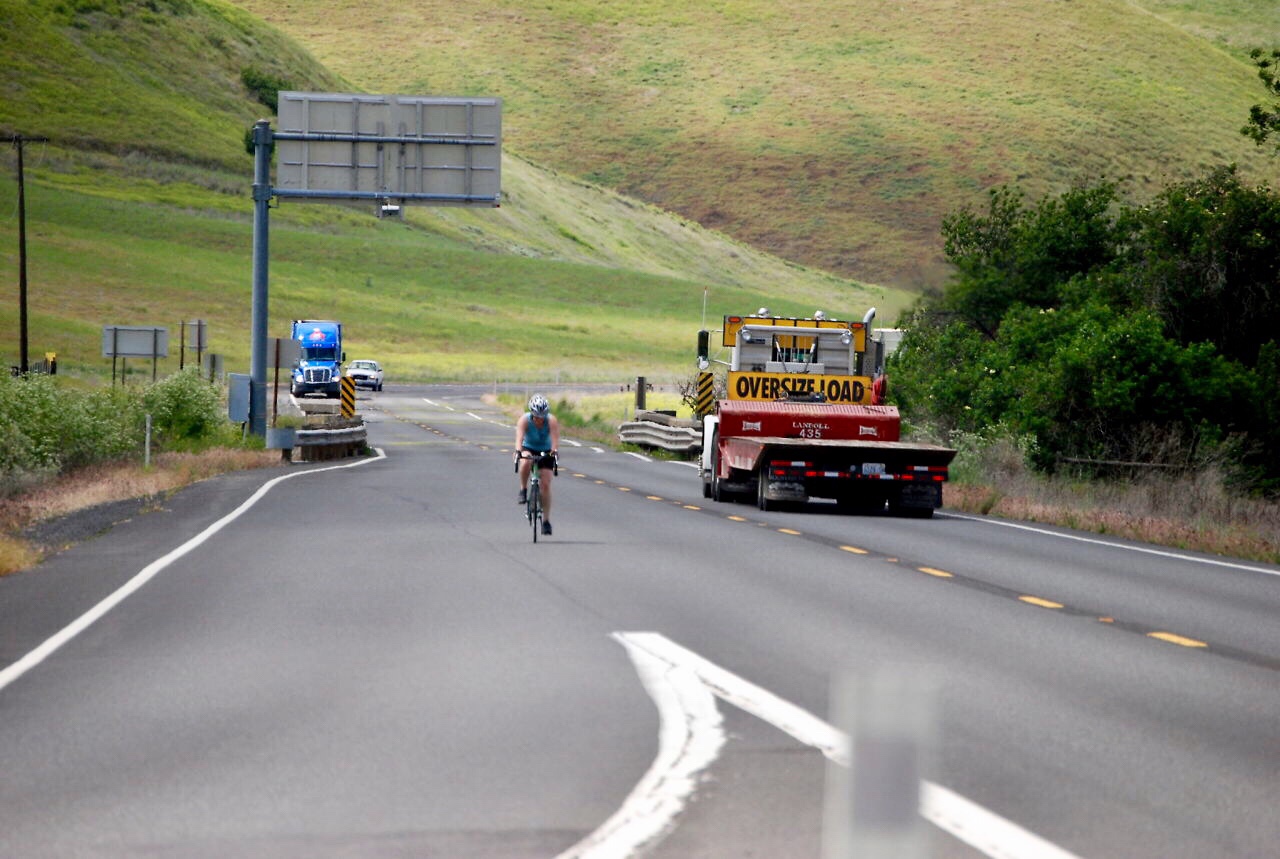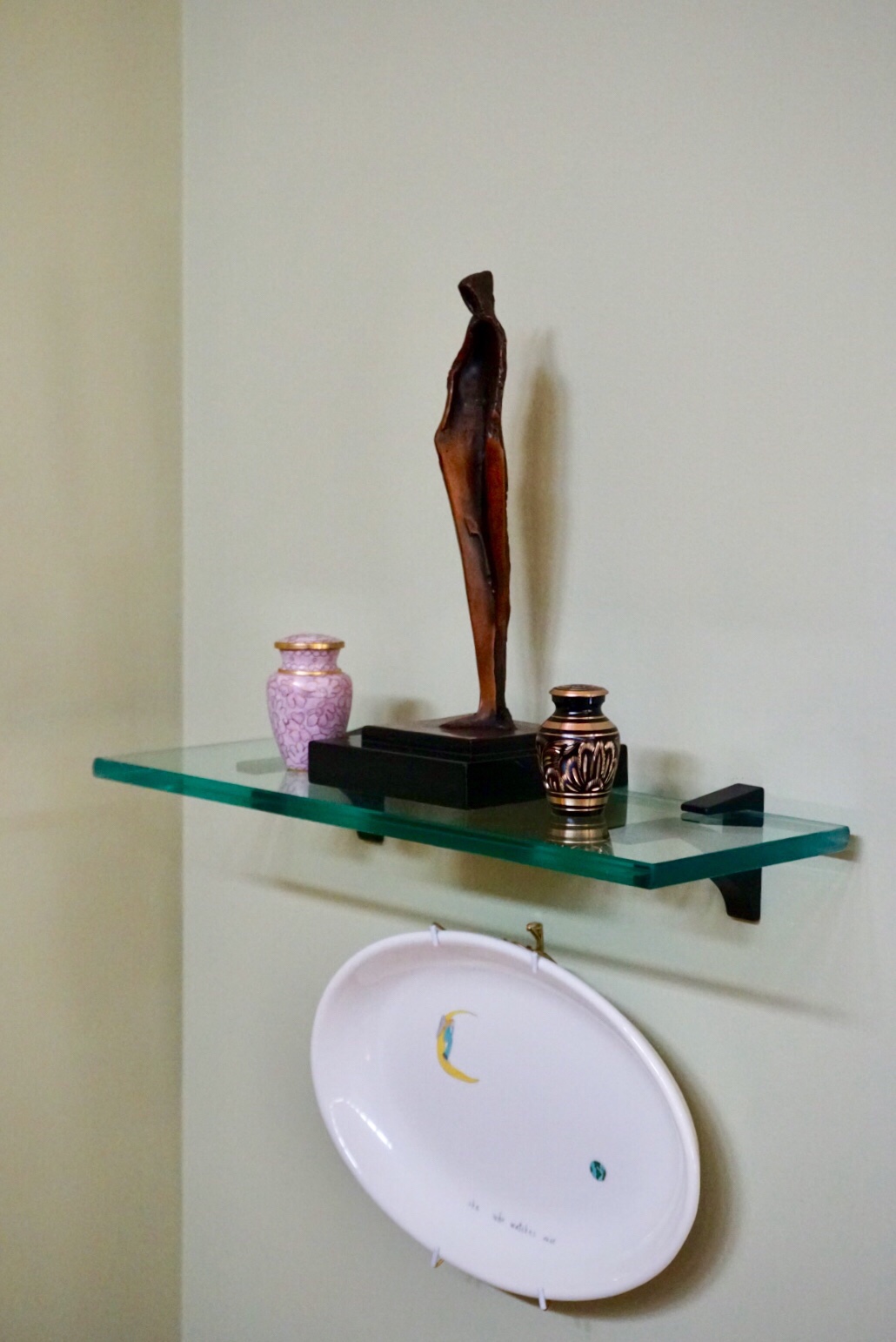
Spring on the prairie welcomes the return of the grasses, flowers, and crops. Their emergence is steady and persistent, flooding the landscape with verdant life that will flourish for months until ended by the first killing frosts. Upon the tundra that is found at altitude or in sub-arctic latitudes, plant life is confronted with the challenges of limited opportunity. In order to survive, plants seize the first moments of thaw to explode into life upon the ice crusted fields. The season there is short, but the plants have adapted to compress an entire life-cycle into a matter of weeks. Nature adapts to what circumstances require for life to flourish. Nature abhors a vacuum.

As with life on the prairie and life on the tundra, friendships form and flourish differently at home and “on the road”. Friendship tends to grow slowly and with care in our neighborhoods and workplaces. There is caution in what we share until trust is well established. Friendships formed “on the road” do not have the luxury of time and contemplation. I have found that we, and those who we befriend, are quick to share the details of our lives. We are heedless of the cautions that would otherwise be in place at home. An evening at the campfire, or a day walking lockstep with a stranger upon a pilgrim’s path are sufficient to cement a new friendship that is every bit as dear as those cultivated over time.

Remaining connected to others may be as necessary for one’s emotional health as food and water are for the body. Christine and I count ourselves among those who thrive on the company of others. We embrace the wonder of the new sights and experiences of travel, but without the rich reward of new friendships travel would become 2 dimensional and lose much of its luster.
We know that a friendship forged “on the road”, or on the Camino, may be like paths that are destined to intersect only once. However, we focus on the moment of the intersection and not the regret that there may never be another crossing. When we walked the Camino in 2013 we formed dozens of these sudden deep friendships. The strength of those bonds is not dependent upon what the future holds but what was cemented in the richness of the brief experiences that we shared.

The next 3 months promise a pallet of wonderful sights and extraordinary experiences. However, it is the promise of renewing old friendships, and embracing new ones that excites me the most.
Peace Everyone! Pete Schloss













